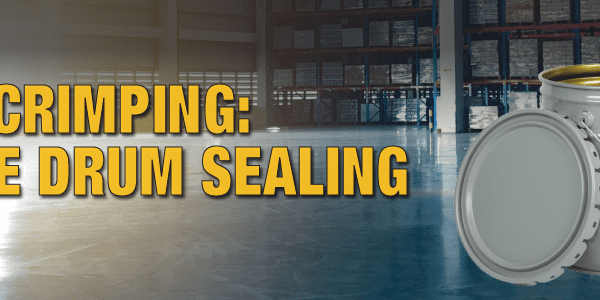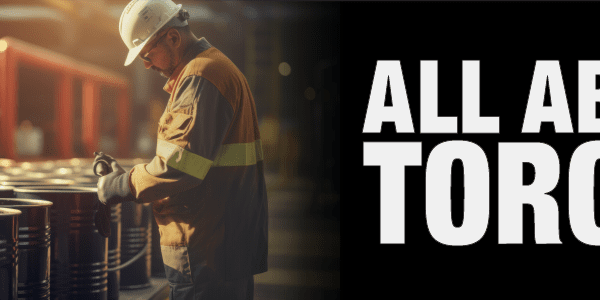Top 4 Questions from the Regulatory Helpdesk
Welcome back to the Regulatory Helpdesk where we answer your dangerous goods & hazmat questions. Here are some highlights from our helpdesk last week. Check back weekly, the helpdesk rarely hears the same question twice.
Equivalent Exemption (Canada & US)
- Q. What is the US “equivalent” to TDGR Part 1 Special Case 1.33?
-
A. The reference is found in 49 CFR§173.150. Essentially the US says that, with conditions, a low risk flammable liquid may be “reclassified” as a combustible liquid; & combustible liquids may be exempted when in non-bulk packaging. Before using the exemption, also check the following:
- Verify that the actual ingredients don’t trigger the (US only) “RQ” requirement to classify as “hazardous substance” or “marine pollutant” designation which will negate the exemption under (f)(2).
- Verify that there is no subsidiary hazard class which would negate the exemption (US (f)(1) & TDG 1.33(a)).
Organic Peroxide Shipped by Ocean
- Q. Can you confirm the packing group for UN3104 with Dibenzoyl Peroxide for IMDG?
- A. UN3104 is Organic Peroxide Type C, solid. This is a class 5.2 material that does not have a packing group. However, Chapter 2.5 should be reviewed as well as Packing Instruction P520 and packing methods OP6.
A Spill Involving a Limited Quantity
- Q. If I have a product being shipped in Limited Quantity, it’s not considered as being dangerous any more? So if there is a spill I don’t need to apply the dangerous goods spill procedure?
-
A. Limited Quantity is an exemption that allows to ship the dangerous goods with less requirements.
The first condition to be able to use the limited quantity exemption, is the product needs to be classified, therefore has a UN number, a shipping name, and a class is assigned to it.
Then the regulations state what is the maximum quantity per inner receptacle that is allowed for a total gross mass of 30 kg per package.
Therefore, if a package identified as being a limited quantity leaks, one needs to apply the regular health & safety procedures for spills because it is still a hazardous product.
Materials of Trade (US)
- Q. We recently had propane cylinders from our fork trucks that needed to be given to one of our warehouses down the road. A procurement employee called a local cylinder transporter to see if they could do it but they didn’t have time but they told us that if we only put 4 cylinders in an open back pick-up truck that it would be okay. So that is what the employees did and I am just trying to figure out if this was legal to do. I called the company who advised us to transport ourselves and they referenced NFPA 58. Each cylinder weighs about 33.5 pounds and holds 7.8 gallons.
-
A. NFPA has nothing to do with DOT. DOT is for hazardous materials which are those that pose an “unreasonable risk to health, safety, and property when transported in commerce”. Since you used a company vehicle to transport hazmat from one company location to another company location to support your business you fall under the Materials of Trade Exemption.
As long as each cylinder is marked with the UN number, proper shipping name, the Class 2.1 hazard label and is a UN Specification Cylinder that weighs less than 220 pounds and all 4 cylinders together do not weigh more than 440 pounds in the back of the truck including all other hazmat materials you are fine.
You can find the definition of MOT in Section 171.8 and then more specific info in 173.6. Here is a link to a useful brochure on MOT – https://www.phmsa.dot.gov/sites/phmsa.dot.gov/files/docs/MOTS%20brochure%202007_10_02.pdf






 ICC USA
ICC USA ICC Canada
ICC Canada